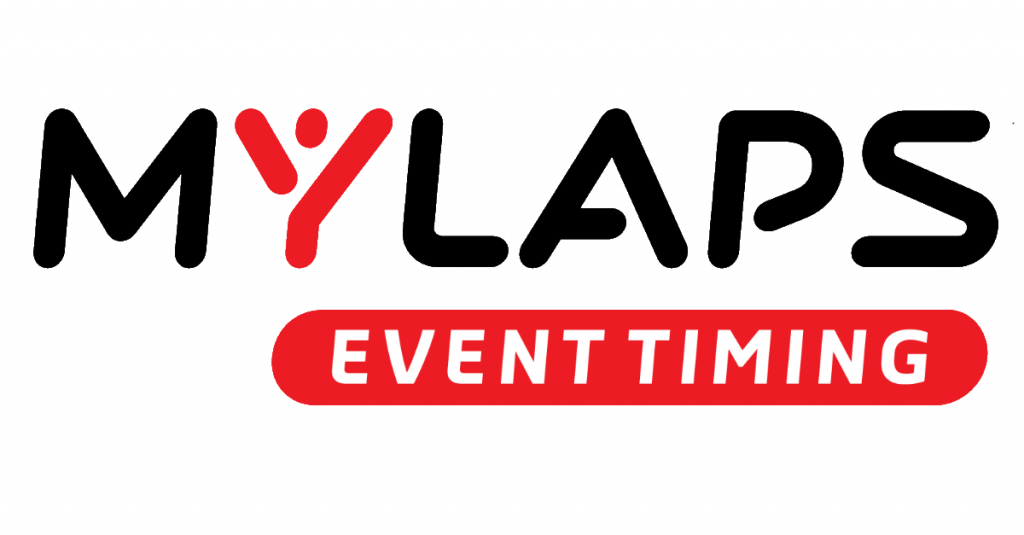Event Timing
Running events can be timed manually or with “chip” timing.
Manual timing is done by recording the race start time, whether that is a single gun start or a series of wave starts. Then the finish time is recorded for each running crossing the finish line. The finish time is matched with the placement order for final results and scoring. Manual timing can easily be done for smaller events using both a timing and scoring computer. Results can be posted online in almost real time.
The other option is using chip (rfid) technology and decoders to collect the chip reads for start and finish times. We use MyLaps equipment for chip timing. Some races are a point to point, with different location for the start and finish line. The most common course design is a single start/finish location. Either setup works great for chip timing. When using chip timing, the event size is unlimited, up to thousands of participants can be easily timed, scored and results posted in real time.

- The timing chip is secured to the back of the race bib.
- Timing mats and decoder can be configured for start and finish lines
- Additional timing points can be added to a course.
- Multi-sport events (triathlon) have start, transition (in and out) and finish line.
Timing technology
Most online registration sites (RunSignUp, RaceRoster, imathlete, active) all have integrated results pages where event results are posted.
Course Setup
Designing a course for your run is important. The course should be approved in advance by the local jurisdiction (city, county, local park) and designed for the safety of the runners in mind. On race day, the course should be well marked, with the use of cones and signage to keep the runners/walkers on course. Go Run can provide the course mapping with the day of race setup work seamlessly.
Start and Finish Line
- chute setup
- cones
- timing tent
- results area
- start/finish signs
- LED timing clocks
- sound system for pre and post race announcements

